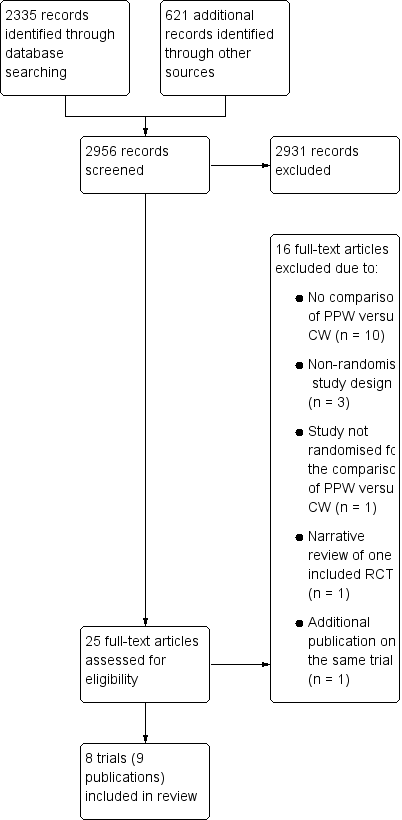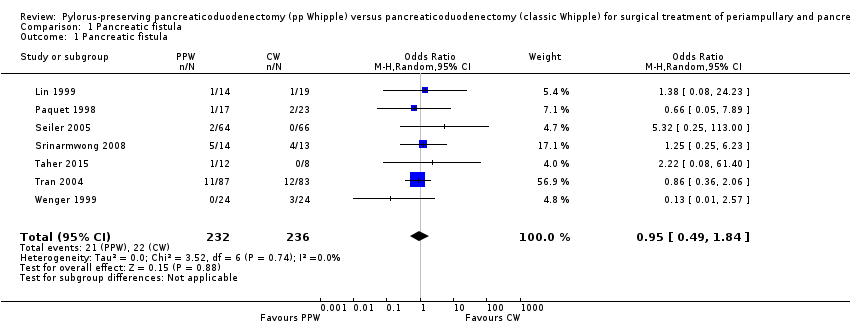Contenido relacionado
Revisiones y protocolos relacionados
Ralph F Staerklea, Raphael Nicolas Vuille-dit-Billea, Christopher Soll, Rebekka Troller, Jaswinder Samra, Milo A Puhan, Stefan Breitenstein | 20 enero 2021
Kurinchi Selvan Gurusamy, Senthil Kumar, Brian R Davidson | 28 febrero 2013
Victoria B Allen, Kurinchi Selvan Gurusamy, Yemisi Takwoingi, Amun Kalia, Brian R Davidson | 6 julio 2016
Hua Hai, Zhuyin Li, Ziwei Zhang, Yao Cheng, Zuojin Liu, Jianping Gong, Yilei Deng | 15 marzo 2022
Kurinchi Selvan Gurusamy, Charnelle Lusuku, Constantine Halkias, Brian R Davidson | 3 febrero 2016
Zhiyong Dong, Jing Xu, Zhen Wang, Maxim S Petrov | 6 mayo 2016
Pascal Probst, Felix J Hüttner, Ulla Klaiber, Phillip Knebel, Alexis Ulrich, Markus W Büchler, Markus K Diener | 6 noviembre 2015
Balamurugan A Vellayappan, Yu Yang Soon, Geoffrey Y Ku, Cheng Nang Leong, Jiade J Lu, Jeremy CS Tey | 22 agosto 2017
Kurinchi Selvan Gurusamy, Senthil Kumar, Brian R Davidson, Giuseppe Fusai | 27 febrero 2014
Yao Cheng, Marta Briarava, Mingliang Lai, Xiaomei Wang, Bing Tu, Nansheng Cheng, Jianping Gong, Yuhong Yuan, Pierluigi Pilati, Simone Mocellin | 12 septiembre 2017
Respuestas clínicas Cochrane
Ulrich Ronellenfitsch | 3 agosto 2016

























